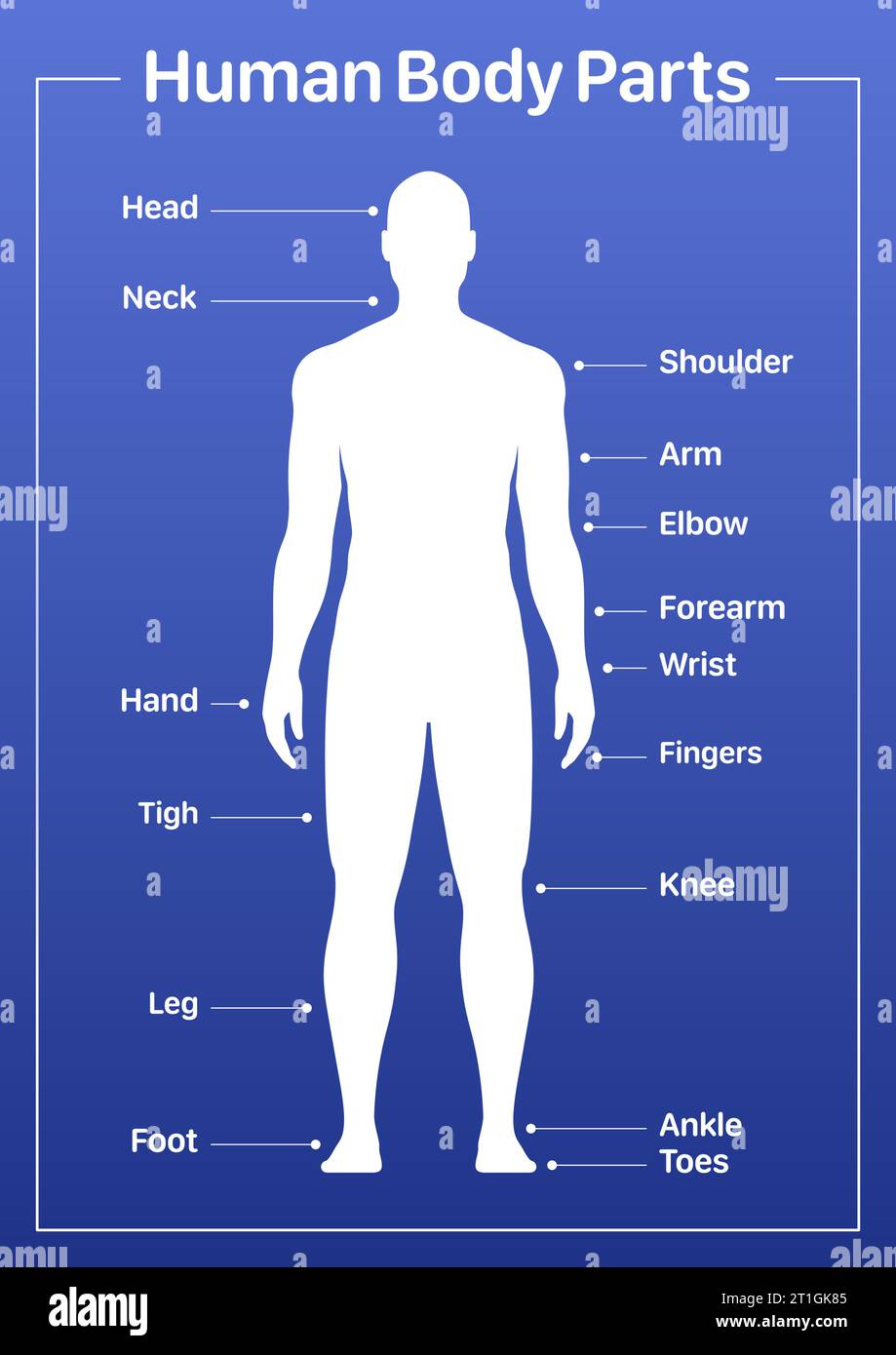How Hair Manufacturing Is Damaging Our Planet
페이지 정보
작성자 Corazon Northfi… 작성일 25-09-24 21:51 조회 3 댓글 0본문
The production of hair products and hair extensions creates a considerable environmental footprint that is rarely discussed. From the sourcing of raw materials to the final packaging, each phase contributes to pollution, waste, and resource depletion. Most human-hair extensions are made from naturally sourced strands, which are transported from regions lacking strict environmental laws. The harvesting method can involve exploitative working conditions, and the transportation of these materials across continents generates substantial carbon emissions.
Synthetic hair products, while cheaper and more widely available, are typically made from petroleum-based plastics like polyamide and acrylic. Such plastics are not biodegradable and can remain intact for centuries. With each shampooing, these artificial fibers shed microfiber pollutants that enter waterways and eventually the ocean, threatening marine life and entering the food chain.
Industrial hair processing requires large amounts of water and energy. Treating hair with chemicals and heat involves harsh industrial compounds that can leak into ecosystems when wastewater is untreated. Industrial sites frequently emit toxic byproducts into the air and water, contributing to regional environmental degradation and irreversible harm.
The packaging dilemma is equally severe. Most hair products come in single-use plastic containers, often with overwhelming plastic film, and unrecyclable materials. Despite marketing labels like "green" or "sustainable", the reality is that the majority are rejected by sorting facilities due to unseparable plastic blends or small sizes that sorting facilities cannot handle.
Buyers are becoming more environmentally conscious and are turning toward ethical choices. Innovative producers are launching plant-based hair suppliers in china fibers made from natural polymers, using minimal recyclable packaging, and ensuring fair labor practices. Choosing these sustainable options and cutting back on hair product use can help reduce the environmental burden of the cosmetic hair market.
Awareness and openness are essential. The public needs to inquire about where products come from and how they are made. Regulators and corporate executives must implement rigorous ecological regulations and fund eco-innovations. Unless the entire industry transforms, the global beauty market will perpetuate ecological destruction in ways that are catastrophically permanent.

댓글목록 0
등록된 댓글이 없습니다.

